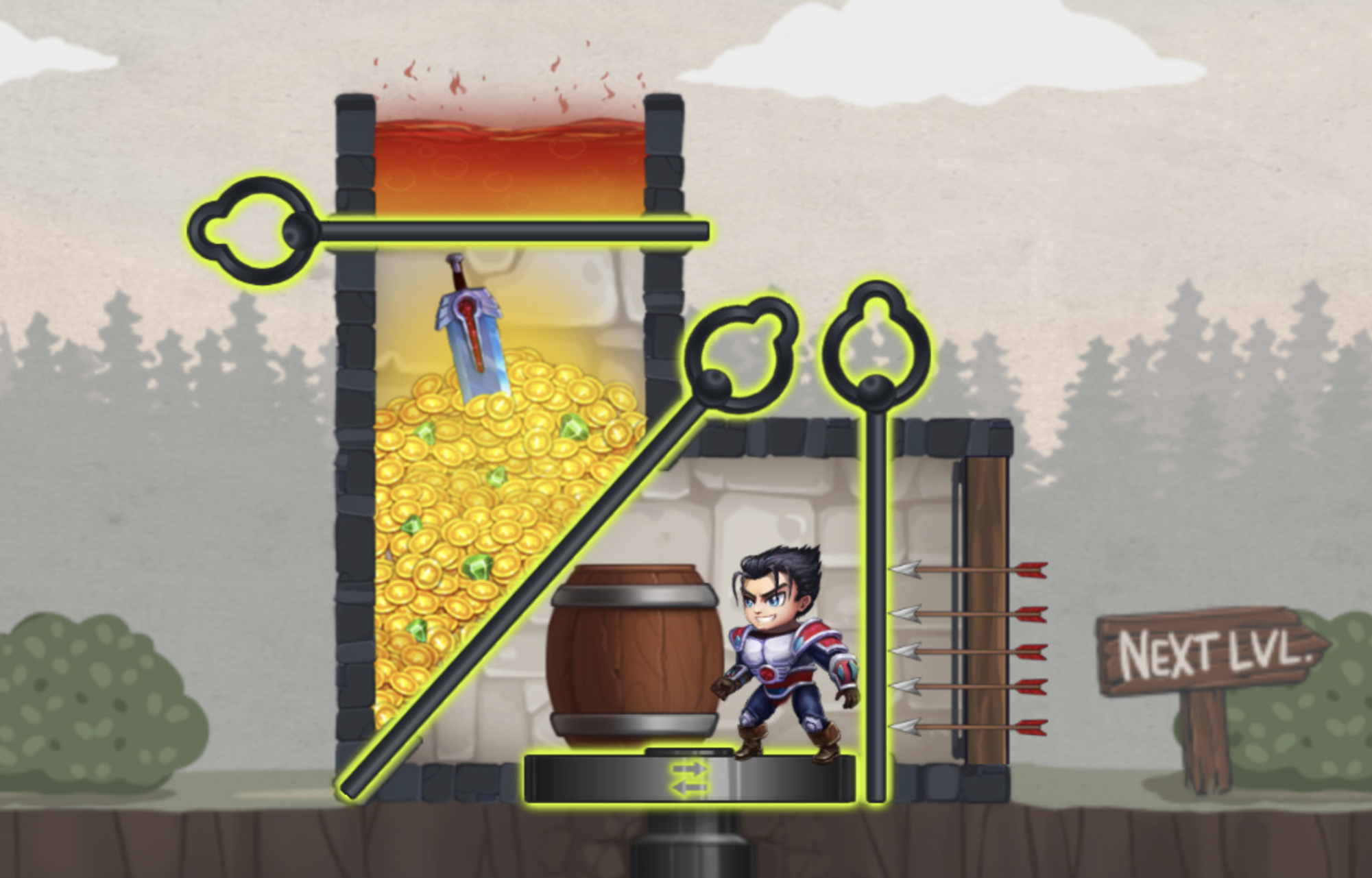Being busy as a senior gives me less time to do the one thing I love: Play video games. Unfortunately, mobile games, including paid ones, heavily advertise to the point that I want to stop playing some of these games. I hope I am not the only one who thinks this way, and I ask that you reflect on your encounters with mobile game advertisements.
The weirdest advertisements I have encountered are from mobile game ads. Most start with trivially easy puzzles that some fictional character can’t solve, who usually ends up dying. Often portrayed as a short skit, the fictional character tries to reach an objective by themselves or with the help of a “digital finger” resembling one of a person. I call them weird because, in my opinion, it’s visually disturbing and annoying to see the same person messing up on several different but easy puzzles. Regardless, these ads aren’t effective on me—they’re more of a focal point of a joke than an existential crisis. Yes, advertisements may be distracting and disturbing, but don’t expect them to stop. Statistics show that these marketing strategies are very effective.
According to an article written by Stephanie Cheng, an undergraduate at the University of Singapore, mobile game advertisements are purposefully terrible and annoying to undermine the audience’s intelligence and get them to talk about the ad. She notes that one highly successful game utilizing this tactic in its ads, HomeScapes, was downloaded over 438.5 million times and made $1.49 billion in the first four years since its release in 2017. In 2020 alone, the mobile gaming industry singlehandedly generated $77.2 billion in sales, making it one of the most profitable industries in the world.
These ads bring in much money for mobile gaming industries, tricking people into playing games different than was advertised. Upon downloading them, one will find most of these games to be repetitive, disturbing, unplayable, or inappropriate. But not everyone thinks that way. According to an online analysis of fake mobile game ads by MAF (MyAppFree), so many people downloaded these games that 5% of those who continue playing them are likely to be the games’ best customers and, therefore, profitable. Ultimately, mobile gaming industries only care to promote their game and make money.
Today, I’m not surprised if a highly consequential case regarding the misleading nature of a mobile game comes to light. Admittedly, most mobile games I play can be highly addictive, repetitive, and ultimately a waste of time. But that is when I play by myself—with my friends, we can make any game fun.



